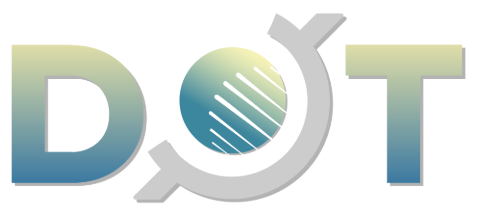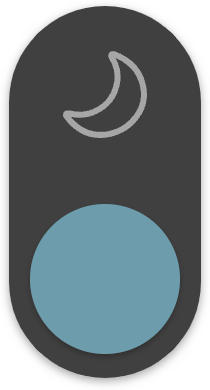
On Friday, Oct. 31, the U.S. government announced new restrictions prohibiting journalists from entering certain areas of the White House press offices without prior appointments, citing the need to protect sensitive information. The affected areas include the office of White House Press Secretary Karine Leavitt.
According to the new regulations, reporters are no longer permitted to access the "Upper Press" area without advance approval. This section houses Leavitt's office and is located near the Oval Office. Previously, journalists had been allowed to freely enter this area to contact Leavitt or senior communications staff for information or to verify reports. A newly issued White House memorandum states that reporters will still be able to access the Lower Press adjacent to the famous White House briefing room, where junior press officials work.
The new media restrictions were announced by the National Security Council in a memorandum titled "Protecting Sensitive Information in the Upper Press Office from Unauthorized Disclosure." The document stated that White House press officials now routinely handle sensitive information, necessitating these changes.
This policy comes as the Trump administration has been implementing broader limitations on journalists. Since returning to the White House in January, the administration has significantly revised press protocols. Mainstream media access to areas such as the Oval Office and the presidential aircraft "Air Force One" has been restricted, while exceptions have been made for Trump-friendly right-wing outlets. The White House had previously barred Associated Press reporters from key areas where Trump was speaking after the news organization refused to acknowledge the president's directive renaming the "Gulf of Mexico" as the "American Gulf."
Related News:
US Senate votes to eliminate Trump's global tariffs
US vice president warns of aviation 'disaster' if govt shutdown drags well into November




















Comment